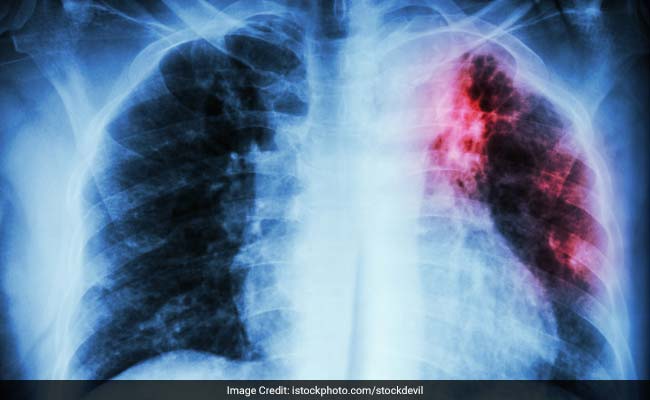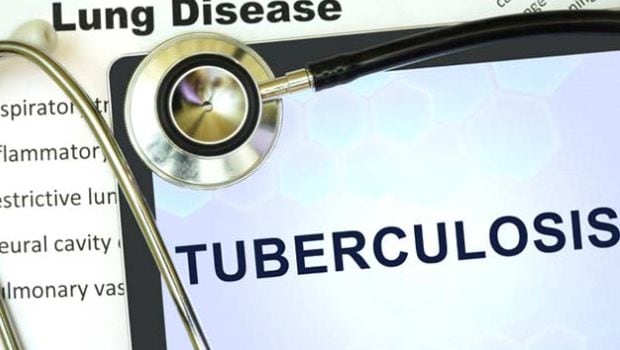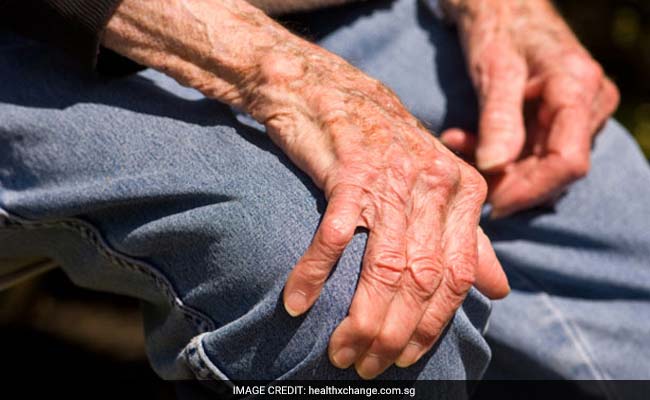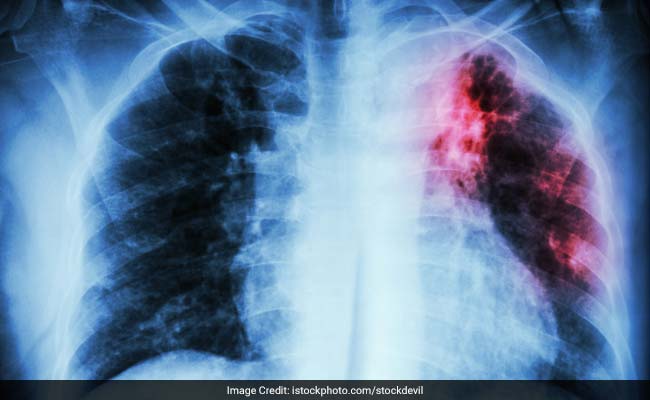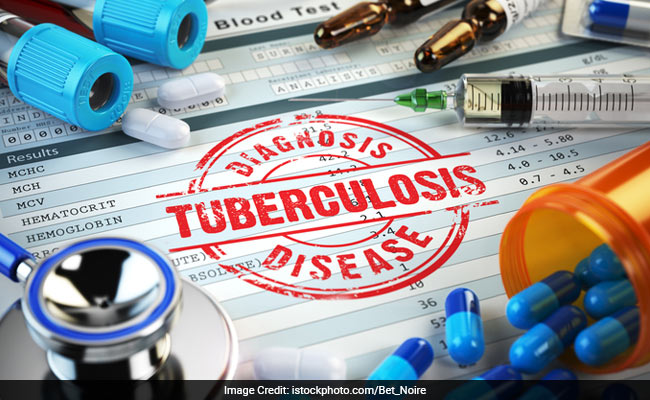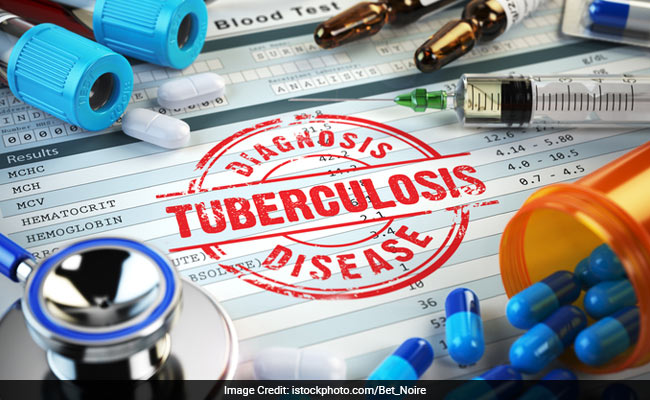Tuberculosis (TB)
What is it?
Tuberculosis is an infectious disease that commonly affects the lungs, but can affect any part of the body. It develops slowly and can lead to prolonged ill health. Approximately 14 million Indians suffer from this disease. Even today, an Indian dies of tuberculosis every minute. About one-quarter of the population of thw world has latent TB. This means people have been infected by TB bacteria but are not (yet) ill with the disease and cannot transmit it.
People with TB bacteria have a 5–15% risk of falling ill with TB in their lifetime. But people with a immune system that is compromised such as those with HIV, diabetes, malnutrition have a greater risk of falling ill.
Related FAQ: What causes atypical tuberculosis?
What are the causes?
Tuberculosis is caused by a bacterium called Mycobacterium tuberculosis. This bacterium usually attacks the lungs but may also lodge in the lymph glands. From here the disease may spread to any part of the body including brain, intestines, kidneys or bones. Tuberculosis is contagious and spreads from one person to another through the air. An infected person sprays the bacteria in the air while coughing or sneezing and these enter the air passages of another person. The spread occurs commonly between family members or those who work or live together. The spread occurs over a long period of time and not during an occasional acquaintance.
What are the symptoms?
For a long time after infection there may be no symptoms. Then the non-specific symptoms appear. These include fatigue, not feeling well, loss of appetite and loss of weight. Soon fever appears and there may be a cough that may be dry or produce phlegm, which later may become bloody. If the disease affects lymph glands, usually a swelling appears in the neck that continues to grow and later new swellings appear. Any ulcer that refuses to go away and oozes fluid may be due to tuberculosis. If other internal organs are affected by the disease then the symptoms relate to that organ. In tuberculosis of the brain (tuberculosis meningitis), there may be loss of consciousness and fits.
What are the risk factors?
Anyone can get infected with tuberculosis though it mostly affects adults in their most productive years. Initially it was thought to be a disease of the poor and slum dwellers but it has been diagnosed in increasing proportions among the richer groups in the society.
Those at high risk include: who live in closed, congested areas who are in close contact with affected individuals with HIV infection with other prolonged debilitating diseases that may lower their immunity like diabetes and renal failure who are taking medicines that suppress immunity like steroids and anti-cancer drugs.
Tobacco use greatly heightens the risk of Tb and death. TB occurs in every part of the world. In 2016, the largest number of new TB cases occurred in Asia, with 45% of new cases, followed by Africa, with 25% of new cases. (Source: WHO)
How is the diagnosis made?
The initial tests will include a blood test (including an ‘ESR’) and a chest x-ray. If there is phlegm production this can be tested to identify the tuberculosis bacteria. A skin test called tuberculin, which detects any past or present infection, or a Mantoux test may be done, but the interpretation of this test may be difficult in areas where the disease is rampant.If the lymph glands are enlarged then cells can be aspirated from it using a fine needle (fine needle aspiration cytology, FNAC) to confirm the diagnosis. Sometimes the gland may require a biopsy. In cases where tuberculosis of the brain is suspected, fluid may be aspirated from the spine and tested (lumbar puncture).
Diagnosing multi-drug resistant and extensively drug-resistant TB (see Multidrug-resistant TB section below) as well as HIV-associated TB can be complex and expensive.
What is the treatment?
Tuberculosis is a curable condition, but the treatment is prolonged and must be taking regularly. The patient gets a combination of 3-4 drugs like isoniazid (INH), rifampicin, ethambutol, pyrazinamide or streptomycin. The treatment lasts for 6-9 months but sometimes may be continued for longer. The response to treatment starts within a few weeks. If the treatment is not taken correctly or is stopped before the scheduled time, the disease is likely to come back. This recurrence of disease is more difficult to treat since the bacteria stop responding to the drugs. This is called drug resistance.
Also Read: Diet tips for tuberculosis
What is the prognosis?
Tuberculosis News More News
- Aspirin Can Aid In Fight Against Tuberculosis: Study
- Researchers Decode The Link Between TB And Parkinson's
- Jail Term For Doctors, Chemists If They Don't Report Tuberculosis
- New Ally Against Tuberculosis Infection Found
- First Ever Global Ministerial Conference Pledges To End TB By 2030
- India Witnessed Maximum Number Of TB Deaths In 2016
- Tuberculosis Grips Karnataka, 837 New Cases
- NGO Says 18 Mumbaikars Die Of Tuberclosis Every-day
- WHO's Recommended Treatment To Tackle Tuberculosis Not Yet Implemented
................... Advertisement ...................
................... Advertisement ...................
................... Advertisement ...................
................... Advertisement ...................





